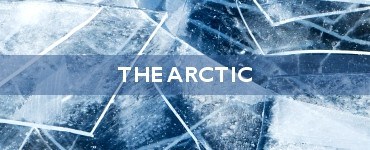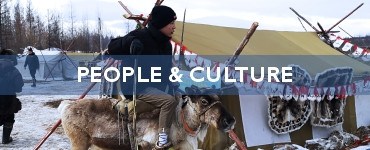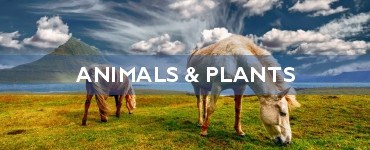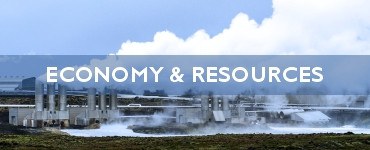Environment and Science
Education material in slideshow format with information text about the environment and science in the arctic.
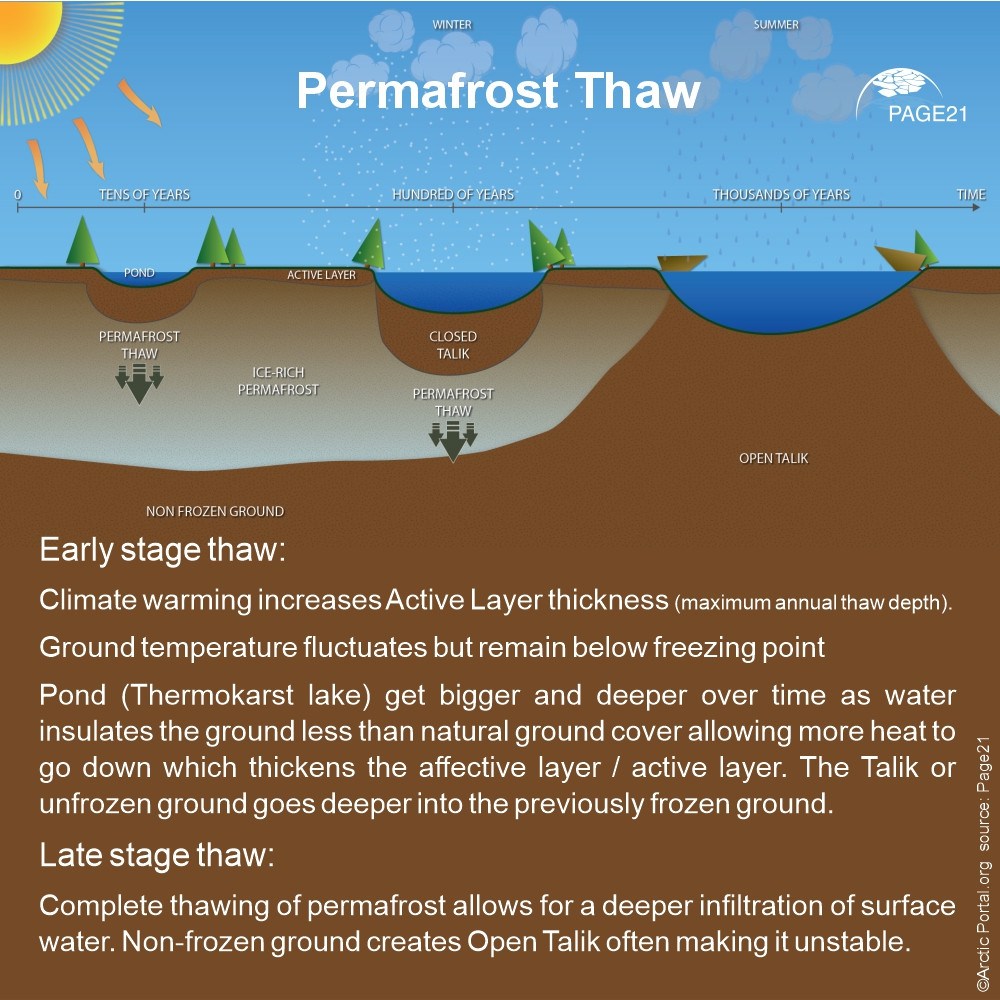
Most of the permafrost existing today was formed during the last ice age, from approximately 110,000 to 10,000 years ago. Thicker permafrost was formed in areas that were not glaciated because of the ground surface was exposed to cold air instead of been covered by glacier.
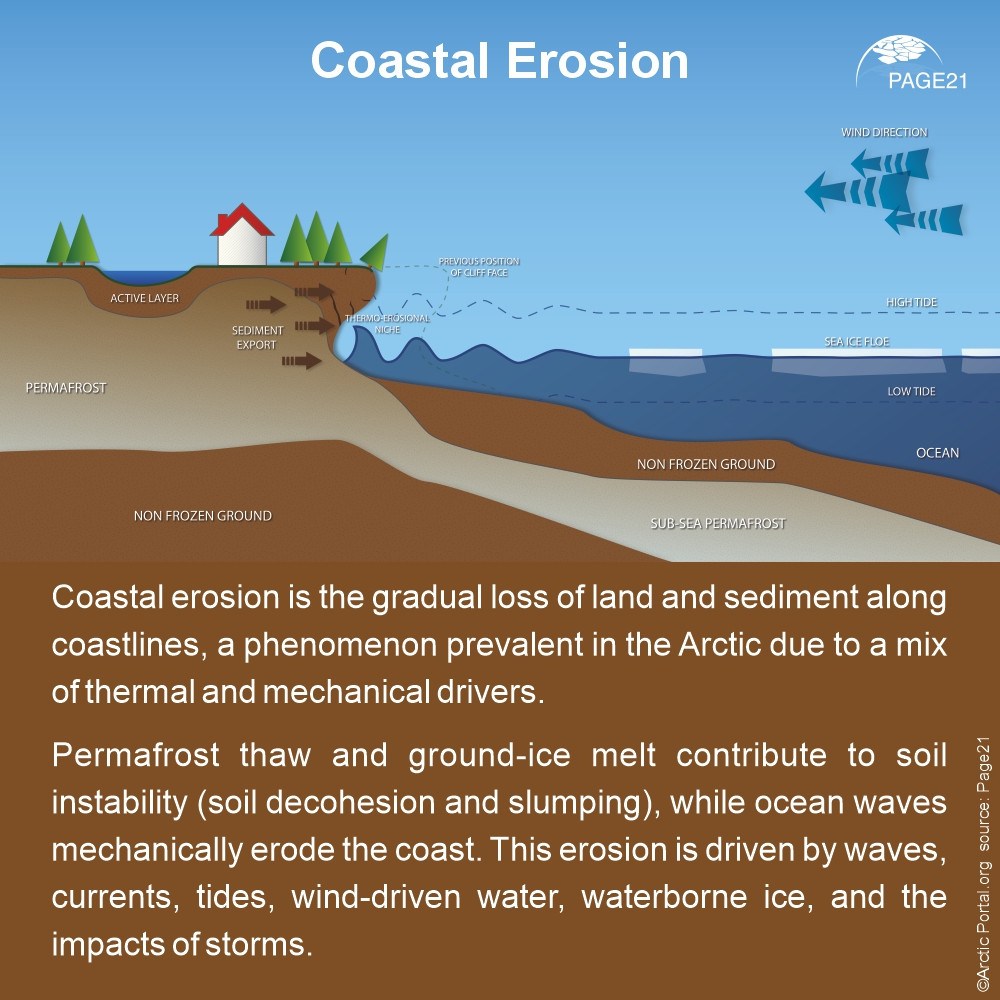
Coastal erosion is the gradual loss of land and sediment along coastlines, a phenomenon prevalent in the Arctic due to a mix of thermal and mechanical drivers.
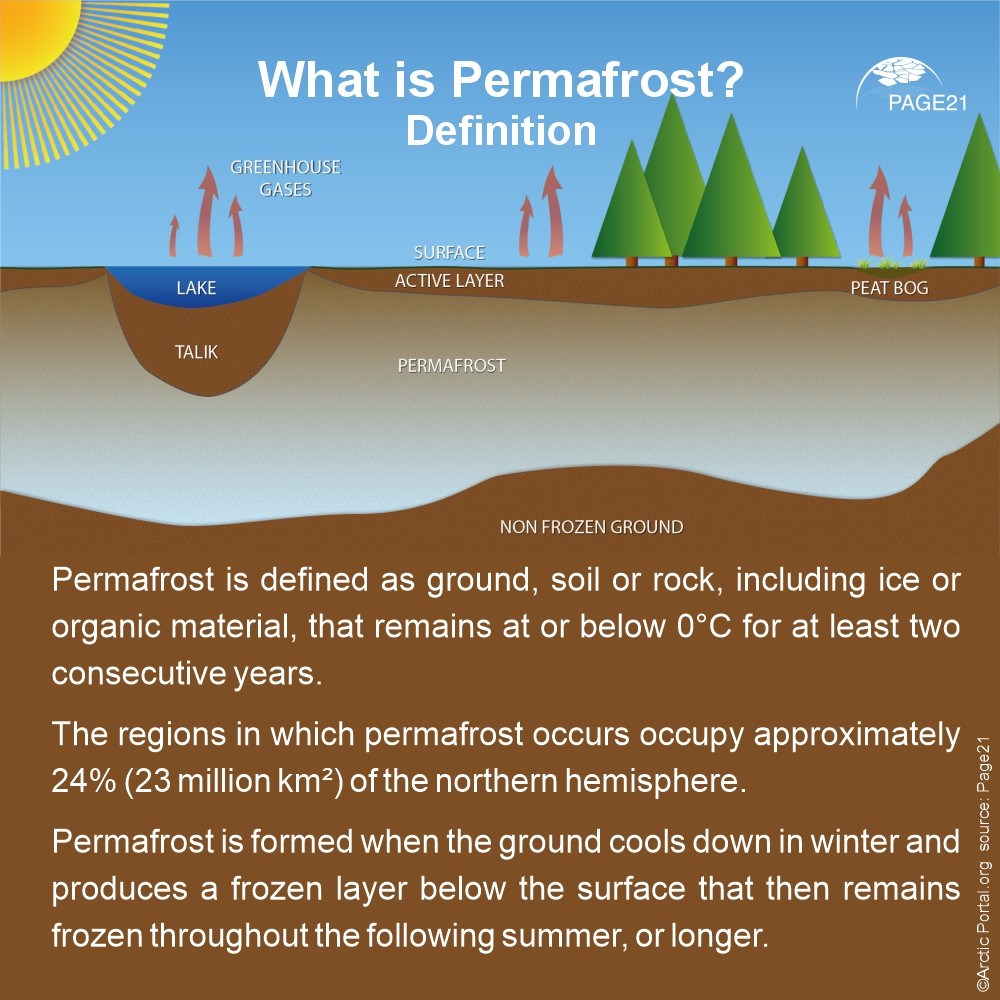
Permafrost is defined as ground, soil or rock, including ice or organic material, that remains at or below 0°C for at least two consecutive years.
Arctic Portal.org - 2025 © All rights reserved.
When quoting, reusing or copying any material on the arcticportal.org or any of its sub-sites including but not limiting to: information, news, articles, data, maps or images, in part or in full, a citation stating the origin and a hyperlink to www.arcticportal.org is required.


